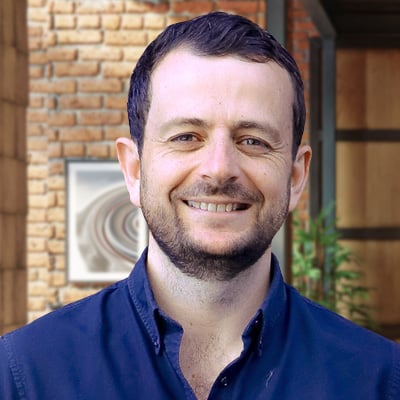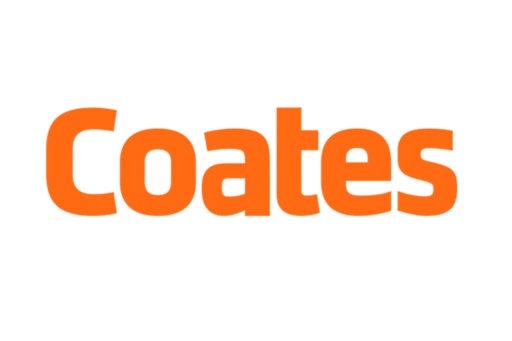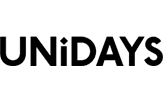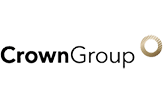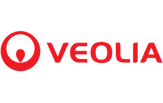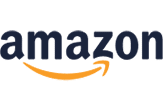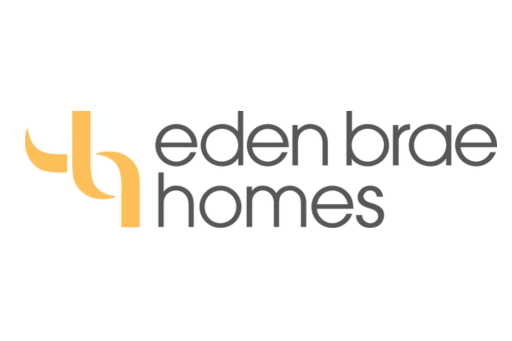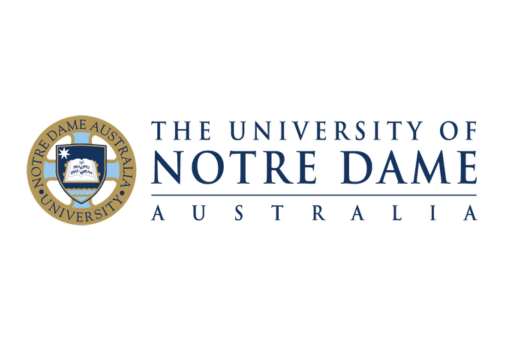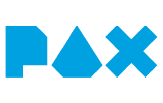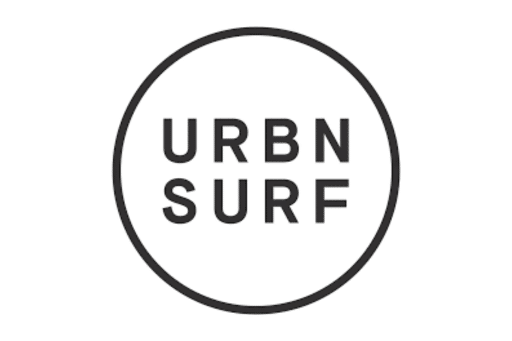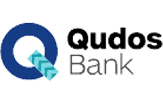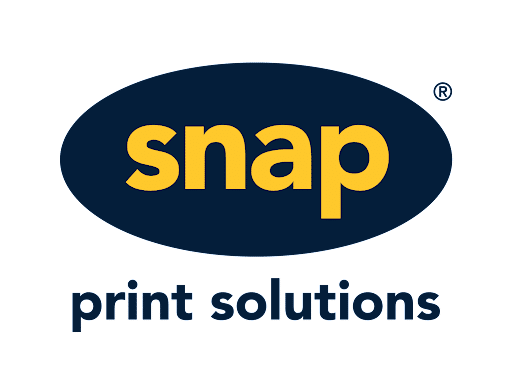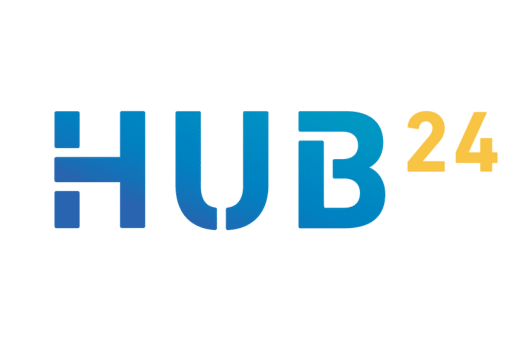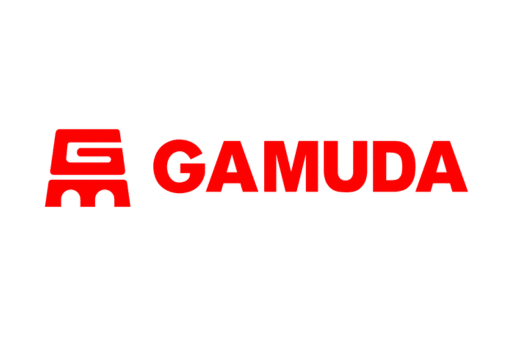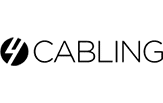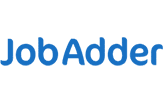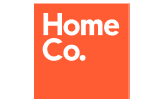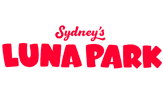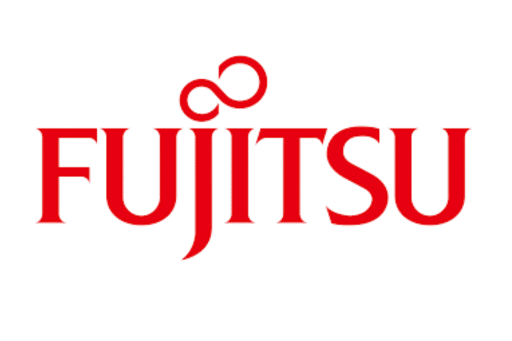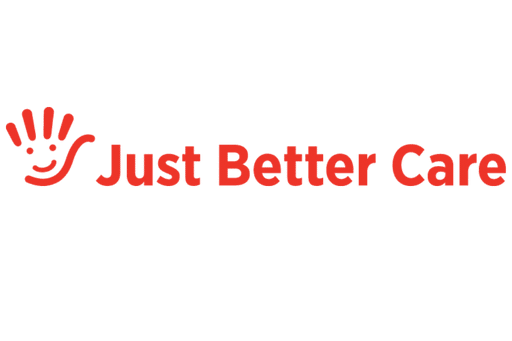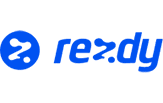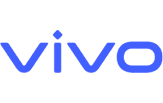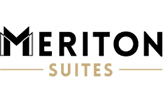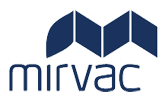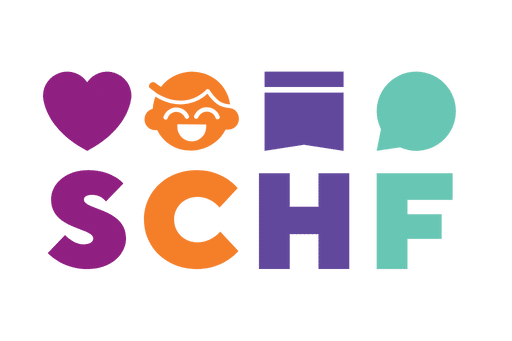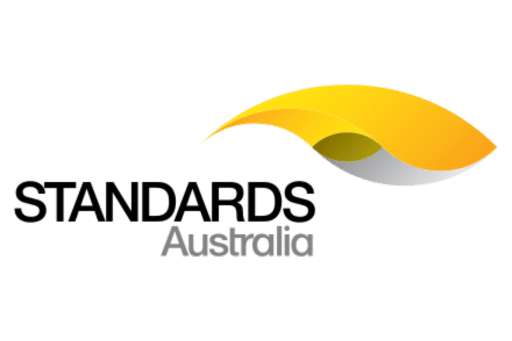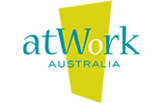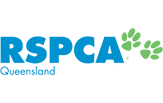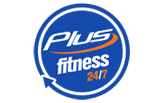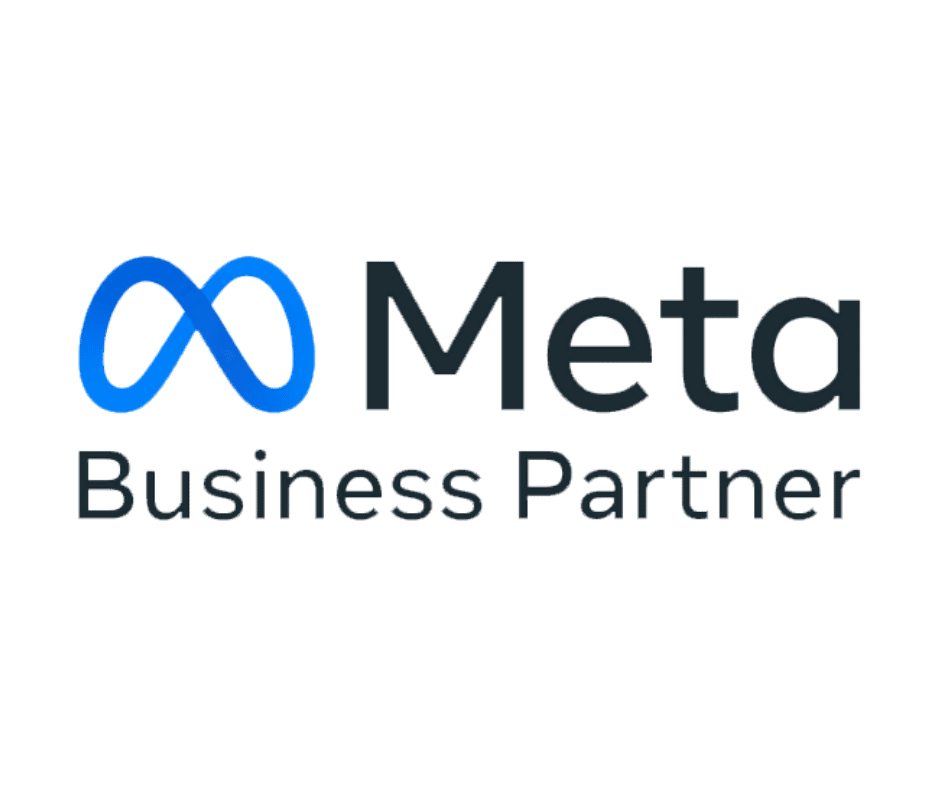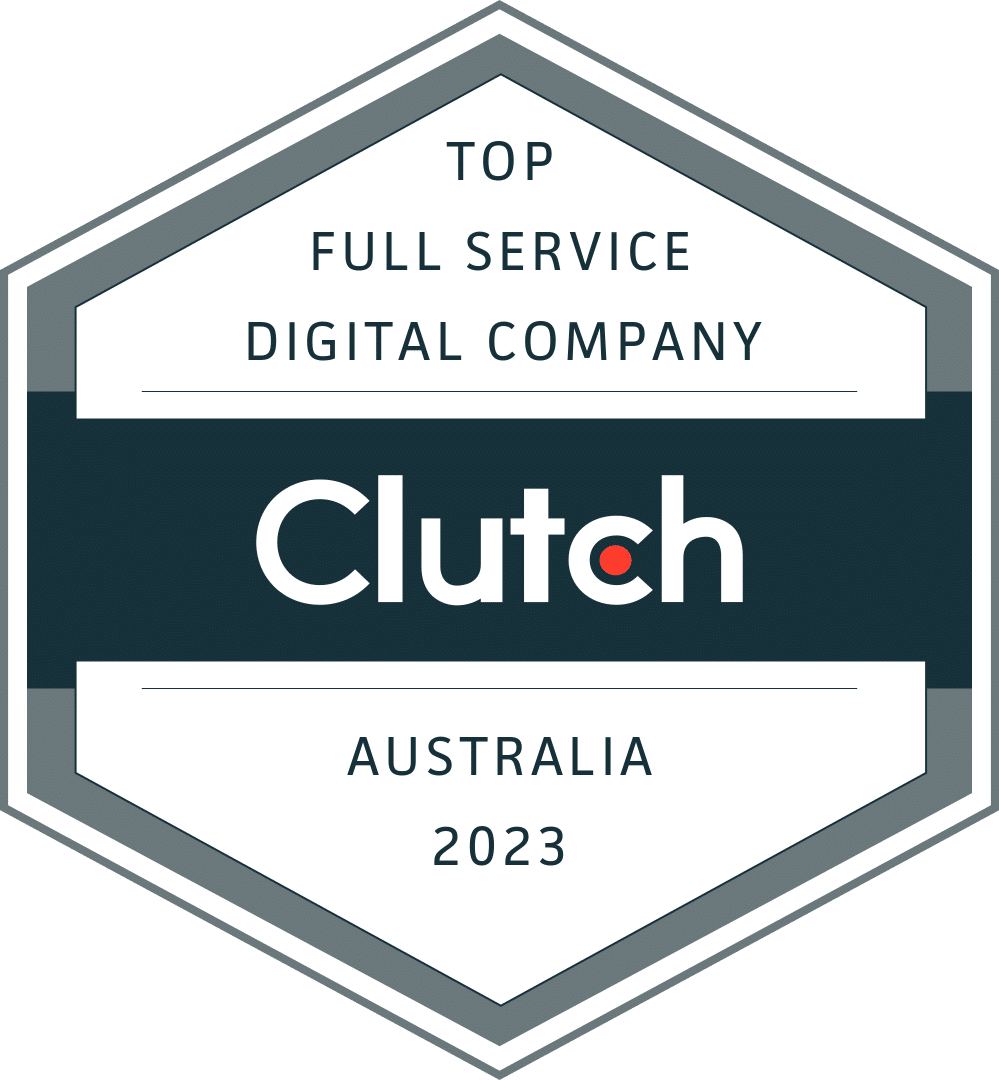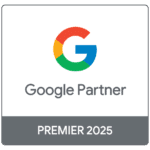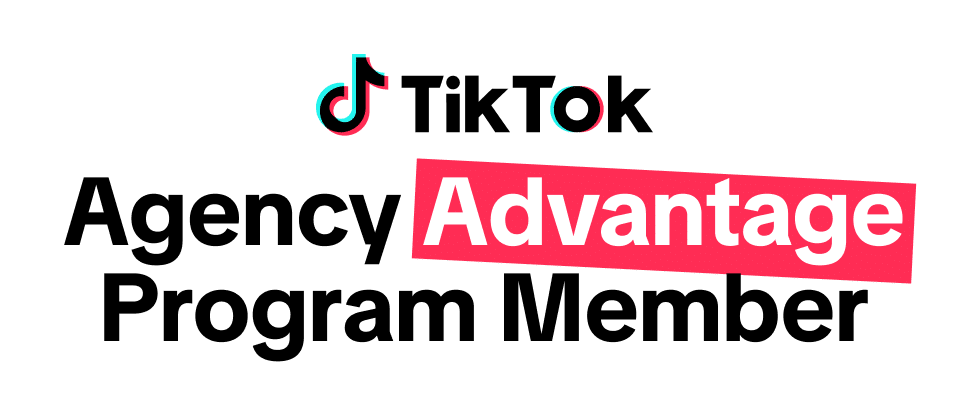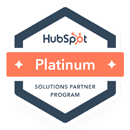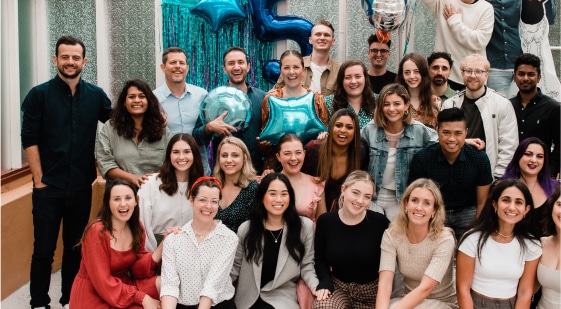What PR Is (And What It Isn't) As We Enter 2023 w. Andy Scales
Episode Description:
Andy Scales, Founder of highly decorated Australian PR agency CampaignLab, discusses how PR has changed over the past 10 years. Andy deep-dives earned media, where media mentions sit as we near 2023, and what activities are generally undertaken in leading PR campaigns.
Key Takeaways:
- PR is no longer just media relations or mentions.
- How brands can effectively measure uplift.
- Using organic content on Tiktok (Nebula case study).
- Influencer marketing best practices.
- How Australia compares to the US + UK.
- The importance of brand purpose.
- Advice for engaging with a PR agency.
Featuring:

Andy Scales
About the Guest:
Andy Scales is the Founder and Director at CampaignLab, a PR and brand engagement agency established to help clients join conversations its customers are having. At CampaignLab, Andy has won and worked on accounts for Fiji Airways, Oppo, Love Honey, Fuji Film, Intercontinental and Hertz. You can follow him on LinkedIn or visit the CampaignLab website here.
Transcript
James Lawrence: This morning I am joined by Andy Scales. Andy, welcome to the pod.
Andy Scales: Thanks for having me, James.
James Lawrence: It's good to have you on. So Andy is founder and director of Campaign Lab, widely regarded at the moment as one of the most innovative PR agencies in Australia. Seven years in Campaign Lab, has racked up more than 40 industry awards and has twice topped rankings as Apex pound for pound Most Creative Agency. Andy has worked on accounts for Fiji Airways, Oppo, Lovehoney, Fujifilm, Intercontinental, Hertz and many, many more. You're absolutely smashing it, mate. Prior to setting up Campaign Lab, you worked with PR and Porter Novelli in Australia. In the UK, he's worked on brands like HP, Siemens, British Airways, Dell and many, many more. So when I thought about PR and what's the state of the industry as we head into 2023, I thought it'd be great to get you on and have a chat. What is PR these days versus what it was ten years ago. We do a little bit of work with clients that have PR agencies. I think the space has changed. There's lots of overlap with digital these days. Digital marketing, social influencer, I hear that PR and SEO are now the same thing. So is it still getting good articles in the media? Is it not that anymore? What is PR Andy?
Andy Scales: Well firstly I think what an introduction. Hopefully I can I can live up to the hype.
James Lawrence: You didn't even feed it to me like any good PR guy would. Had to write it myself.
Andy Scales: You hit those key messages for me, so I appreciate it.Yeah that's a that's a great question. What is what is PR today? I can certainly tell you what it's not. And it's not just purely about media relations. It's not about just getting column inches in the newspaper. And that's probably a significant change that has occurred over the past ten years. It's really about brand management. It's about brand reputation. So, you know, whether you're trying to build up a brand or launch a product through through earned media, taking an earned first approach. And then, of course, you touched on some of the areas. So social media obviously has been a massive game changer over the past ten years or so. And that's a big part of certainly what we do on a daily basis as well. And it's not just about specific channels. So it's not just social media and working across social channels, we'll work with people that are influencers in their own right to drive media coverage in more traditional media titles. There's a lot of crossover in this. A really exciting space to be in.
James Lawrence: It's cool. What work are you typically doing at Campaign Lab? Like what are the actual channels/disciplines you're working within? I'd be curious also, you’ve got quite a diverse range of clients. I think it'd be interesting, and I'm sure that all of them have different setups in terms of where they buy their traditional media, and if they've got a social agency or whatever, what certain things being done in-house, like how do you kind of align with your clients and get that scope right?
Andy Scales: So in terms of the way that we work, typically we work to either one of two models. One is a retainer or project, or a lot of the time is both. So we might have an always on program for brands that have got things happening, new products launching, milestones reaching, and things that we want to communicate through PR and other channels. And then of course, they may have big projects or initiatives or a major product launch where we will develop bespoke campaigns. And it's kind of in our name to really create a spike in awareness and engagement around that particular activity. So at the core of what we do at Campaign Lab, it's about it's PR, it's earned media first, but we also have a number of other elements and I guess pillars within the business. So whether that's digital advertising, which you know well, to social and influencer engagement. The way through to content production as well is another big part of what we do and how that all kind of comes together.
James Lawrence: So I guess the theme, you touched on it a few times, the core being earned media.
Andy Scales: Yeah, absolutely. So for us, we use the media simply as a barometer to test campaign success and whether or not it's going to be successful. Is this story good enough to get past a news editor at one of the major Metro titles? And if so, then that's a tick in the box. And then we look at how else can we bring it to life because that's just one channel. So how then can you get people sharing the content on social channels? How do you get people down the pub talking about this campaign or initiative that's taking place? Or how can we use traditional advertising models, whether it's digital out-of-home, to further amplify and create this 360 integrated approach?
James Lawrence: Yeah. And that change essentially has come about because of the way the world's changed in the last 15 years, where 15 years ago, eyeballs were on traditional newspapers and traditional TV, and eyeballs are now everywhere. And you guys are basically then how do I get the eyeballs on the story?
Andy Scales: Yeah, absolutely. You probably touched on two really interesting points there. So so firstly, I'm kind of showing my age. But when I started out, if you got a piece of coverage online then you'd have clients say, yeah, but that doesn't really count does it? Because it's online. It's not in the paper. It's completely flipped. So now it's, if you get a piece in the newspaper then it's a nice kind of vanity piece. And some SEOs still like that. But in terms of longevity, an online piece is going to live much longer. You can amplify it across different channels. You get a CEO sharing stuff on LinkedIn, etcetera. It feeds into things like SEO and all those important things that we as marketers have to think about. So that's certainly changed a lot over the past ten years.
James Lawrence: It's really, really interesting. Like what percentage of your work or any typical PR agency would these days be spent in media mentions with an obsession over getting in the Financial Review or getting in the smash or the Age versus kind of a broader look?
Andy Scales: I think it varies depending on the clients that you're working with. Some it's about brand management and brand reputation. Particularly if you're working with brands that have beat reporters and journalists that are really interested in that space. We're going to jump on any of the stories that are coming out, then it's about that ongoing presence and momentum and managing that reputation. We see that with a lot of the big global brands that we work with or airlines, for example, that we know there's going to be a lot of interest in what's happening there. And then on the flip side, you've got more challenger brands and people that are trying to break into the market. And for them, it's about how do we really create a spike in awareness right now for us as a brand, how do we break through and cut through the noise? Look at more lifestyle publications or influencers. So yeah, it can vary a bit.
James Lawrence: It's kind of interesting cause I think there's we've talked about it offline. There's lots of overlap in terms of our two businesses, even though we both, I think, identify we're very, very different in terms of core skill set and offering. But if it's a Venn diagram, there's some overlap there. And we pitch ourselves as a performance digital agency. It's generally managing paid media to get a certain outcome or it's SEO which is outcome based but doesn't have the paid component. And I think a lot of your stuff is coming from a brand perspective. Very different in terms of how you would measure the success of those two different parts of marketing, like what sort of metrics are you working with clients on to deem that things are successful or haven't been successful? Because it's probably very different to how a digital marketing agency would look at cost per lead and all those much more kind of attributable things.
Andy Scales: It's a brilliant question. I think it's probably the one of the biggest challenges that's always faced the PR industry is how do you measure it? You guys work in digital performance. You can clearly look at it and go, well, here's the cost per click or the cost per lead coming through and track it right. With PR and earned media coverage it’s a little bit more difficult. So, one thing we don't do is we don't look at advertising equivalents, which has plagued the industry for many years. We look at other measurements like search traffic to the site as well. Are we seeing an increase in search traffic around particular product launches or events or things that the PR team have done, brand lift studies as well. So certainly with some of the bigger brands that we look at, at the start of the year, we might look at a brand study for a client that maybe shows that they want to be seen as more premium or something like that. So how do we influence that over the course of a year through the different campaigns that we're running?
Andy Scales: They're probably a couple of ways that we do it. It can come down to sales as well. PR and editorial coverage can drive sales. And we look at those things as well. It's really interesting because I think probably at the same time that you are trying to sell in the virtues of online mentions for SEOs, we'll call it five years ago, even though it was probably 15 years ago, the pitch that I was taking out there was spend your money in digital, because every dollar you spend, I can demonstrate the return on it. And I was kind of saying, take your money out of Yellow Pages and pump it in here, and 50 grand of advertising, I'll get you a thousand leads. And as long as the thousand leads outweigh the 50 grand, we'll keep doing it each month.
Andy Scales: Digital's now flipped, where we work with so many clients, where it's just not that simple. You're selling in a B2B space or even in a B2C space with some degree of complexity on the buyer journey. And it is kind of veering more towards, I know half my marketing budgets wasted, I just don't know which half. And it's not that it's wasted, but our clients that generate the greatest success are the ones with strong brands where they are in engaging in kind of brand building activity. So I think it's really interesting that we kind of both probably win and lose from different sides of the same argument, kind of.
James Lawrence: It's fascinating. You mentioned advertising equivalents kind of being a bit of a no no. What is that? Is that how much you would have paid if you'd had to buy this kind of reach? Is that kind of right?
Andy Scales: Yeah that's right. So advertising equivalent, I can't remember exactly how it works. But it's like two times this of ad value of the equivalent cost of taking an ad in that particular media title. It's one of those things where it's a very rudimental measurement. We look at it and kind of say, well, taking an ad out in a paper is one thing, but if you've got the endorsement of a journalist that's going to be credible third party to everything and educating and informing its readership, then we'd say that that's more valuable than an ad placement there. I think that that's probably a measurement that we certainly don't support. We'd look at other things to measure success.
James Lawrence: It feels quite logical. And probably it's funny, there are so many overlaps where we will say the same thing about organic traffic, right, where generally you get in the tick of approval of Google if you are appearing in a prominent organic position, and the studies do show that your organic traffic is a little bit more trusting than paid,
Andy Scales: Personally, I think you can't beat the two blokes talking down a pub kind of metrics. So, you know, are people actually having conversations about this brand and the things that it's doing in everyday environments?
James Lawrence: Yeah. How? Because in the brand uplift stops really interesting. We both have a mix of clients with some larger businesses and then some smaller mid-market ones. Less kind of household names with the big businesses, I think it is easier to kind of go, you've got this brand study, it's happening twice a year or four times a year, and you can kind of see that it's improving or not based on other activity. Any kind of hacks on how you can measure brand uplift for smaller businesses where they might not have that the budgets to put into it, or the brand name hasn't been out there for as long?
Andy Scales: I think that's something we struggle with when you're trying to build - and there's some cost effective solutions out there with omnibus surveys in particular. The likes of Pure Profile do quite cost effective options where you can go out with ten questions to 1000 respondents to do those studies so that it doesn't have to be a 50 grand market research piece. But this will give you an indicator of where you're sitting in the market. Otherwise, even just getting out and speaking to your customers, your prospects, your audience directly as well, and hearing from them about what they're saying about the branding market.
James Lawrence: So almost a bit of ad hoc / qualitative kind of research?
Andy Scales: As an agency as well, our whole ethos is around joining the conversation. Probably a slightly different take to the way some people might look at PR and communication. Rather than just talking about what this brand wants to communicate to its audience, we go, okay, well, what is the audience actually talking about? What things are they interested in, and how do we be a part of that conversation? So that can be as simple as social listening studies and things like that. So what's our target audience currently talking about on social? What content are they sharing? What kind of people are they following? Often we'll go out and do vox pops on the street to to get kind of real genuine insights from target audiences and go, okay, well, that's the area and the conversation that we need to be playing in.
James Lawrence: It's really good. Have you guys played much in TikTok?
Andy Scales: We have, and yeah, it's an interesting one. It's actually for a recent campaign, it performed really well for us.
James Lawrence: So that was on the organic side?
Andy Scales: Yeah, absolutely. So we do both. We do some paid influencer work on TikTok as well as organic stuff. This was for a recent campaign we ran for a brand called Nebula. They were launching a projector into the Australian market. The whole thing was this projector is all about cinematic experience. So we're like, okay-
James Lawrence: Can you get me a free one? It looked like a great product.
Andy Scales: It's pretty good. Basically they were saying our cinematic experience. So we're like, okay, what does that mean? How can we show that to consumers in a fun and creative way? So then when we looked at what are the conversations that those consumers are having, they're not talking about the megapixels, this projector, they're not talking about the laser functionality. They're actually talking about what they streamed on Netflix over the weekend and those kind of things. So we're like, okay, let's let's play on that and, and create Australia's first streaming cinema that you could book and could stream anything you want. So what was interesting about that was the experience itself was unique enough that it drove earned media coverage.
Andy Scales: Australia's first streaming cinema was rocked up; is this a future of cinema? So we got the media coverage and then it became an experience that people wanted to do. We had on the waitlist over 2800 people by the end of it. It was crazy. But a lot of that was driven by TikTok. So these weren't paid influencer programs whereby cash was exchanged in hand for them to promote the cinema. The experience was unique enough that these influencers wanted to come, so we took them through. They captured content, shared it organically. And I remember one Saturday morning waking up and I was convinced we'd been hacked because we're getting alerts for every time somebody had registered on the waitlist. And it was literally just going ding ding, ding, ding, ding. So that's the power of TikTok because we had a lot of earned media coverage at the time that drove traffic. But it was that organic content on TikTok that really took off. So it's an area we're focusing a lot of time.
James Lawrence: Interesting. I did want to talk influencers, like we could obviously do a whole pod just on the topic. What are the do's? What are the don'ts? What are the trends? How has the space changed in recent years because there has been so much movement?
Andy Scales: There's been a lot of movement. It's still in the great scheme of things. A very new and emerging area. So it's only really been over the past few years across social channels that that this is, this market started to, to, to take off, you know, changes to advertising laws and things like that, where, where influencers now have got to disclose those partnerships. You've seen the likes of Instagram then get rid of the like functions and things. So it's an area that's starting to mature, starting to take shape for a lot of brands. It was a bit of an unknown, you know. And even today when you know, you speak to influencers and if it's in a in a paid partnership agreement, you know, the, the, the cost side of things or the investment from, from a brand can vary dramatically from people to people. So that's, you know, it's a space that is still still evolving. Um, we, we use software platforms like clear, which is really, really strong. So that looks at things like influencers, not just that reach but their true reach, the geographies where their their audience are based. Because that's important. You know, somebody might have a million followers, but if they're all overseas then it's irrelevant. And it also looks at things like other brands and partnerships that they've worked with in the past. So we use a lot of technology to, you know, do a lot of the legwork for us. Yeah. And that enables us to identify potential partners and influencer partners for the brands we work with. So that's helpful.
James Lawrence: That's good. You've got so much experience both in Australia and the UK. So I think just observations about the Australian market and is it actually different to what's happening in the UK? And I don't know how much exposure you have to the States. Are we ahead or behind? There's certain things that kind of work here that don't work there. What's your observations there?
Andy Scales: Be careful not to offend some people here. But yeah, it's interesting. I think from a PR perspective, the certainly some similarities. I think in media coverage, Australian media landscape is much, much smaller than say, the UK media landscape. That's probably the biggest fundamental difference is the volume of media in a market like the UK. Often you'll see coverage syndicated as well across across titles. So if you're in tech space, like a CNet, for example, or a tech radar, those kind of publications you'll see coverage from the UK appear in Australia and vice versa. And that's just the nature of the World Wide Web. There's certainly some similarities. There's probably certainly people from the UK probably that in terms of the maturity of the market, they're much further ahead. But I'm not sure that's necessarily the case. I think Australia is a market for PR in particular, that's very advanced and very mature. And that's why a lot of brands they use Australia as well as a bit of a test bed, but for products and you see that a lot. They want to see what the response is from consumers. They want to see the report, the responses from media and take some of those learnings into other markets as well.
James Lawrence: Interesting. So for me, kind of where I'd like to move the conversation now Andy is like where do you see the industry going like 2023/2024. What will just stay the same, keep doing its thing? And where is change and what direction is it going?
Andy Scales: Well I think you know news is news. So that's not ever really going to change. I think that what we're seeing though, is that the media landscape is, is shrinking and the number of journalists are few and far between. So brands are having to get super creative and really compete for that share of voice. One of the areas where we're seeing a lot of growth is around brands realising that they need to have a clear brand purpose, and the brands that are kind of staying true to that are the ones that we're seeing great success. So there's some amazing examples. One of my old bosses over in Europe works at Asics - the fitness brand. There are brands that think are doing some incredible stuff. So what their whole brand purpose is, they've realised that they exist as a fitness brand to join the dots between fitness and mental health. You exercise and it's going to help in terms of your mental health. And they're just focusing really heavily on that. They just ran an ad campaign where they were taking the Mickey a little bit out of the traditional before and after photos. One person kind of before and after image, but they look pretty much the same. And the underlying message there was that the benefits of exercise are not always visible to everyone. So that was an ad campaign. But of course, that drove media coverage and it drove social engagement. So it was the idea there was that was really, really clever. So I think that brands like that, that have a have a true purpose and a clear vision as to why they exist, they're the ones that are going to succeed.
James Lawrence: And that's hard, isn't it? Because I presume that's not something you're doing right, like something that a client comes to you and says, this is what we stand for as a brand, and whether they actually live it and die by it is a different matter. We hear about the Patagonia's of the world who have done such a brilliant job on that. But how? How do you do it? If you're a listener on the pod and you're working in a mid-market business that doesn't hasn't have those building blocks in place. It's a challenge, isn't it, to kind of where do you go?
Andy Scales: There's practical elements to it, frameworks and things that you can work through to identify that. There's brands that we work with where they've come to us and they've already got that mapped out. So Lovehoney, for example, adult toys, their whole purpose is around driving sexual happiness. Very, very clear. And then everything that we do from a perspective kind of falls out of that. Other brands aren't quite sure, you know what their purpose is. You know, they've got great products. And we'll work with them to finesse that and identify the area where they can play. So there's practical ways and frameworks that you can work through that for sure.
James Lawrence: Having that architecture is so important isn't it? I think it gives the in-house team clear direction. This is what we stand for. This is this is where we're going to play and where we're not. When you're engaging with someone like you, it helps you go, okay, I get it. This is where we're playing. Probably similar to us where it is really hard to run effective digital marketing campaigns if you don't have a lot of the building blocks; brand assets, landing pages, websites. It's kind of the building blocks / canvas to help us do our thing.
Andy Scales: Never underestimate the power of internal communications as well, because if you've got a workforce of 200 people or fewer or more, it doesn't matter. If your workforce is crystal clear on what your purpose is and what your mission is, then that's going to resonate. And they communicate as well. And the conversations that they're having with customers, partners, suppliers, you know, it resonates and grows from there.
James Lawrence: Good stuff. The last area I wanted to dig into, advice for listeners to the pod / in-house marketers. How do you integrate PR into your marketing efforts? Because I think there will be different cases. I presume there'll be listeners to the pod that everything's done in house. We'll have listeners to the pod that they've got an agency like Rocket running their digital media, and they might have a web agency and they might have a creative agency. How do you bring a PR partner in and how do you do it in a way which sets yourself and the business up for success.
Andy Scales: Firstly, if you're working in an agency village environment, I think it's important to get to get involved early on. Where we see it fall down is where the marketing team might be working with the creative agency or media buyers to develop a campaign. And then it's, you know, PR’s brought in a bit late to the game. So how can we PR this and often by that point it’s too late. PR needs to have a seat at the table early on so that we can kind of look at it and go, okay, how can we create media value out of this? How can we expand on what we've got already? That two way dialogue among agency partners within that village can go a long way and result in better, more integrated campaigns. Everyone knows the role they're playing. That's probably one thing.
Andy Scales: If it's more about just engaging a PR agency, maybe you're not working with other agencies, but you want to bring in a PR agency, it's all about the brief and be as detailed as you possibly can be. A brief gets your results and it's as simple as that. The more information you can provide around the audiences that you want to reach, what you're really trying to achieve, will be really beneficial. And don't pigeonhole the team either as just purely focusing on output. We want some press releases and we want product reviews and we want this give them the challenge and let them come back to you with ideas about how they can drive coverage to meet your overall objectives.
James Lawrence: It’s good advice. Do you guys have a briefing document? If a client comes to you with stuff that you think isn't going to be detailed enough for you to do your job?
Andy Scales: We do. Yeah. Do you want me to send you it?
James Lawrence: I read up that podcasting is big in PR in 2023.
Andy Scales: Yeah, absolutely.
James Lawrence: Yeah.
Andy Scales: In all seriousness, yes we do. We have brief documents. When we get a cold inquiry or something like that, come through the website, then often we'll send it as a first port of call. I think budgets as well. Everyone's so nervous to put budgets on a page. And it really does have a massive impact on what comes back. It's not about agencies just being greedy and wanting more money. It's about understanding the limitations of what we can come back with. As every bond goes, we're looking for big ideas. Is it big ideas for five grand or 500 grand. And you know what? What we come back with is going to be very different.
James Lawrence: Yeah, I had Jordan Slover, who has an agency like ours in the States, and we're kind of just talking about how you'd go about working with an agency and procuring an agency. If we couldn't pick our own. And the budget thing is just so true. I think the client side is so worried about revealing a budget that the agency is going to clamor to take it all and think, we just want to know? Is it five grand? Is it 500 grand? And this is what a good solution would be because the reality is, it's still a market, right? And you can still go off and get your quotes from elsewhere, and you probably are.
Andy Scales: That's the value you're getting. If you're developing like a full kind of integrated campaign or something, often a number of those costs are a third party costs anyway. It might be an event organiser or it might be some Facebook ads or those kind of things where it's really about just having an understanding so that we can go, okay, this is how we think you could best spend this budget to deliver the results that you want. And things can be scaled up and scaled down. If you're responding to a budget it's a recipe for disaster, I think.
James Lawrence: Andy, last question I ask this question of everyone that comes on to the pod. What's the one piece of marketing advice or the best bit of advice or the best tip that you'd give to an in-house marketer?
Andy Scales: It's probably a few, but I think probably the most important thing for me would be about knowing who you're trying to reach. So clearly knowing your target audience. And then that way teams like mine at Campaign Lab can go away and look at what the conversations they're having and how as a brand, can you be a part of those conversations? Because without knowing who you're targeting and being really, really clear on that, then you're opening yourself up to too many variables.
James Lawrence: Love it. Great answer. Andy, how can listeners find you or Campaign Lab?
Andy Scales: Yep. So they can visit our website; campaignlab.com.au or they can email us at hello@campaignlab.com.au.
James Lawrence: Legend. Thanks so much for your time. Excellent insights for listeners to the pod. Thanks, mate.
Andy Scales: Thanks very much. Cheers, Jimmy.
